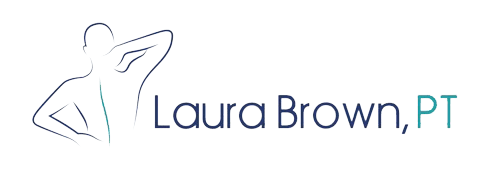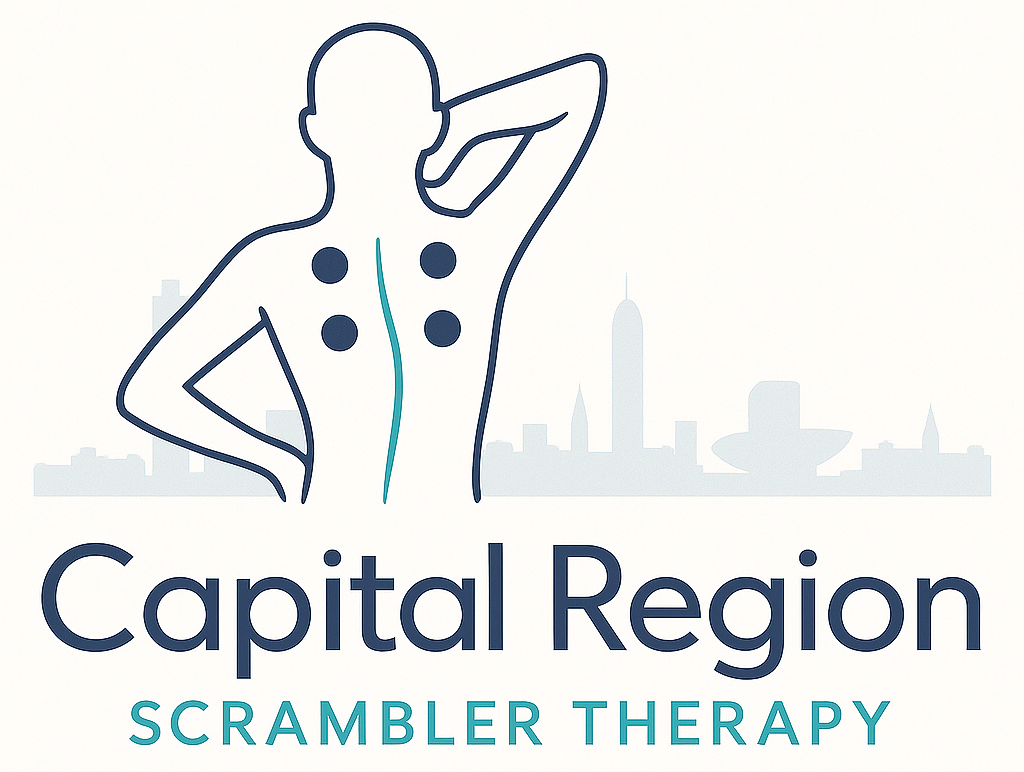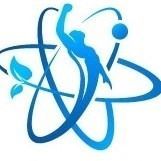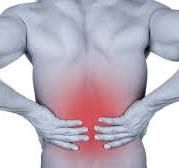Inside Scrambler Therapy
Abstract
Scrambler therapy (ST) is an electro-analgesia therapy for the noninvasive treatment of chronic neuropathic and cancer pain based on a new generation of medical device that uses 5 artificial neurons and is based on a novel theoretical model the differs from gate control theory. The active principle with Scrambler Therapy is such that synthetic “non-pain” information is transmitted by C fiber surface receptors. This is a different theoretical mechanism than the traditional electric stimulation of A-Beta fibers to produce paresthesia and/or block the conduction of nerve fibers to produce an analgesic effect, that is, via TENS (transcutaneous electrical nerve stimulation) machines. Scrambler therapy was developed to treat chronic neuropathic pain and cancer pain resistant to opioids and other types of treatments. The goal of Scrambler Therapy is to eliminate pain during treatment and allow for long-lasting analgesia after a series of 10 to 12 consecutive treatments performed over a 2-week period. The aim of this review is to clarify the underlying theory of Scrambler Therapy and describe the appropriate usage method that maximizes its effectiveness while reducing bias and deepen the explanation of the artificial neuron technology associated with Scrambler Therapy.
Keywords: artificial neurons, cancer pain, chronic pain, drug resistance, electro analgesia, gate control theory, neuropathic pain, opioids, Scrambler Therapy
Introduction
Scrambler therapy is aimed at creating a non-invasive highly effective treatment for chronic neuropathic and cancer pain, which is resistant to other treatments. A long-standing and commonly accepted model used to understand mechanisms of pain transmission and perception has been the gate control theory.1 Despite the time elapsed since its introduction in 1965, this theory still remains relevant today. However, it has been revised and updated and some aspects of the theory have been redefined.2,3
Since chronic neuropathic pain is characterized by abnormal function of the somatosensory nervous system, the gate control theory does not easily lend itself to the development of a new type of therapy.
On the other hand, in acute pain, where the cause/effect relationship between nociceptive stimulus and lasting pain follows the normal physiological response, the gate control theory is consistent and is confirmed by experiments.
It is interesting to note that the gate control theory is apparently in complete contrast with the Scrambler Therapy model, since C fibers and not A-Beta fibers are stimulated. Therefore, if we consider only the differential effect of the electrical activities between these 2 branches as required by the gate control theory, the stimulation of the C fibers must produce pain. In fact, if you eliminate the non-pain information from the emissions of Scrambler Therapy making it similar to a TENS (transcutaneous electrical nerve stimulation), this is exactly what happens. For this same reason, Scrambler Therapy requires careful positioning of the electrodes, always guided by patient feedback, so as to use only nerve pathways that do not present structural or functional alterations capable of degrading or not correctly conveying the synthetic information of “non-pain.” The result of the loss of information due to the impossibility of transmitting it correctly always transforms Scrambler Therapy emissions into simple electrical stimulus, which in addition to being ineffective, can easily produce pain instead of analgesia.
In a nutshell, the gate control theory addresses the activity of the nervous system in terms of “quantitative” electric impulses. However, the qualitative element is that these electric impulses are the basic information code by which the nervous system can be interpreted in a cybernetic model. In this broader context, pain can be interpreted analytically in terms of pure information4 and chronic pain as a plastic modification of the pain system governed by information.5 This is illustrated in Figure 1.
Consequently, the therapeutic approach is no longer to inhibit the transmission of pain, but to transform the information of pain into “non-pain” using the same pathways. In the Scrambler Therapy model, information becomes the central point of control of the plasticity of the pain system, both in the genesis of chronicity (induced by endogenous information of pain repeated over time) and in its regression (induced by synthetic information of “no pain” repeated over time). The theoretical expectation is therefore that of an immediate and complete analgesic effect in treatment, and of a return to normal physiological response after one or more cycles of treatment.
As far as the concept of information is concerned, there are different ways to represent it in a formally correct analytical way, but the most used model in the scientific and technological field is that of the Shannon information theory, which for this reason has also been used in Scrambler Therapy.
To put it simply, the fundamental elements of information theory are represented by an information source, a transmitter, a transmission channel, a receiver, a user, and a source of disturbance that acts on the transmission channel. This scheme, shown in Figure 2, can be applied to all forms of technological or biological transmission, identifying their functional counterparts.
Information theory, in addition to providing a general reference scheme for the coding and remote transmission of information, allows its mathematical treatment. Shannon succeeded in defining the equation with which to calculate the level of unpredictability of an information source, very similar to that with which Boltzmann had calculated the entropy of a thermodynamic system. For this reason, John Von Neumann (one of the pioneers of the computer) suggested adoption of the term entropy to indicate the complexity of the information available at the source in any communication system.
In practice, a reduction in entropy reduces the complexity of the signal, hence the number of bits (binary system used in computers) needed to encode it, and its degree of uncertainty toward the receiver. In other words, if random characters are typed to produce random sequences, the possible strings (messages) are near endless. If, on the other hand, the typing is “constrained” to produce only a limited number of words of the English language, the number of possible messages is drastically reduced. A similar problem exists in the Scrambler Therapy where the only messages that one wants to transmit are those that can be interpreted by the central nervous system as “non-pain.” It is therefore necessary to structure and optimize the synthetic information for the minimum entropy compatible with this purpose, which also means reducing the uncertainty in the interpretation of the message.


















